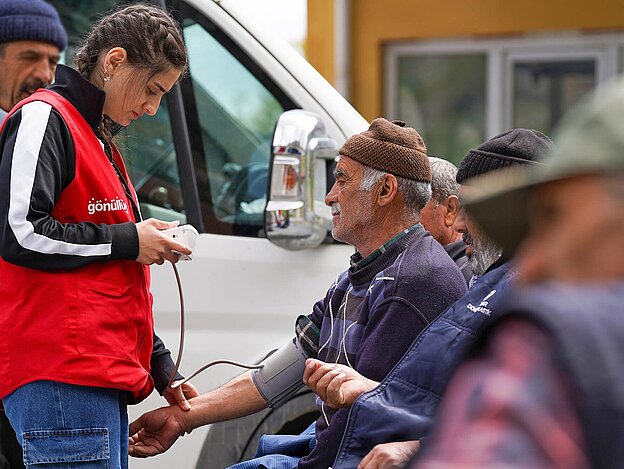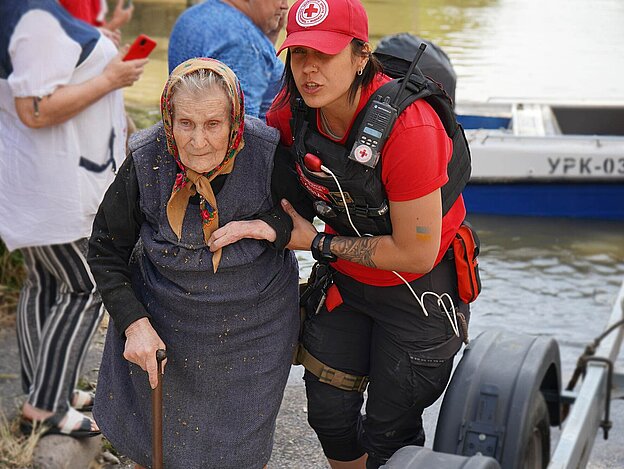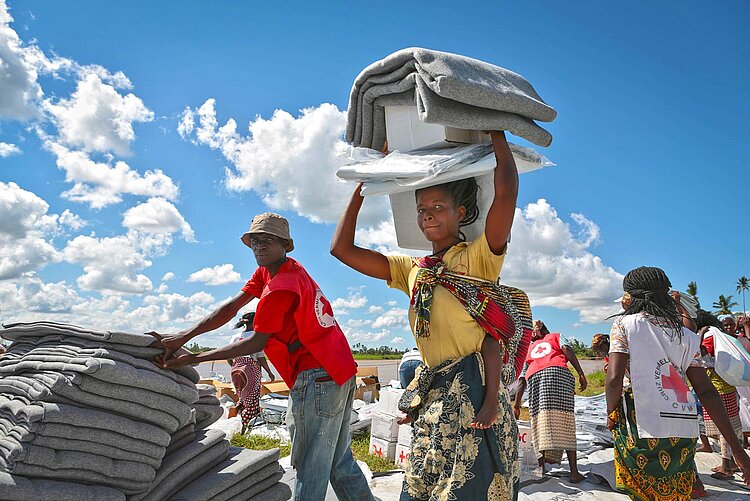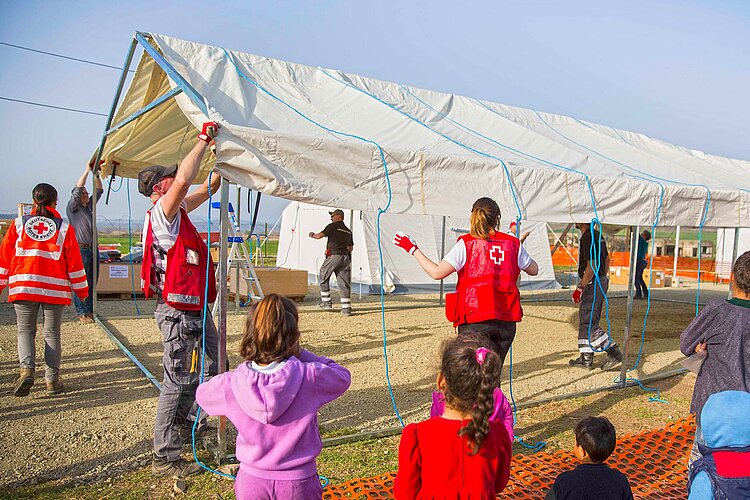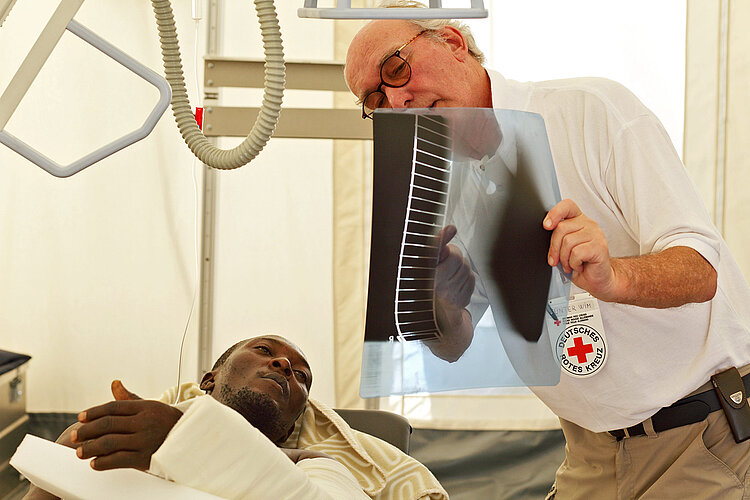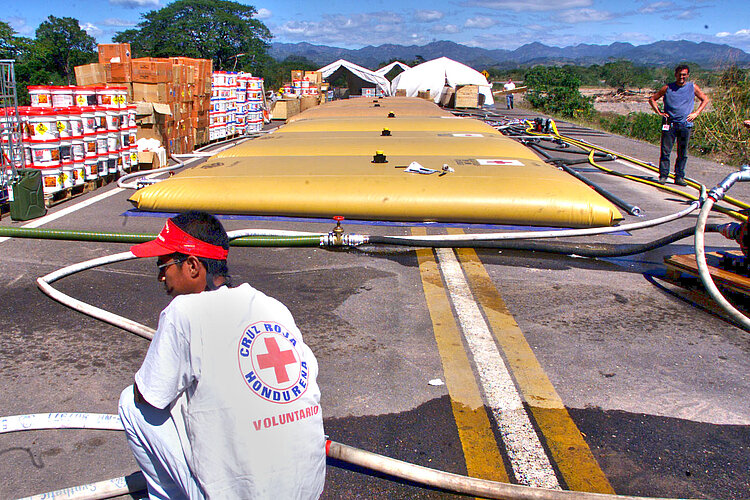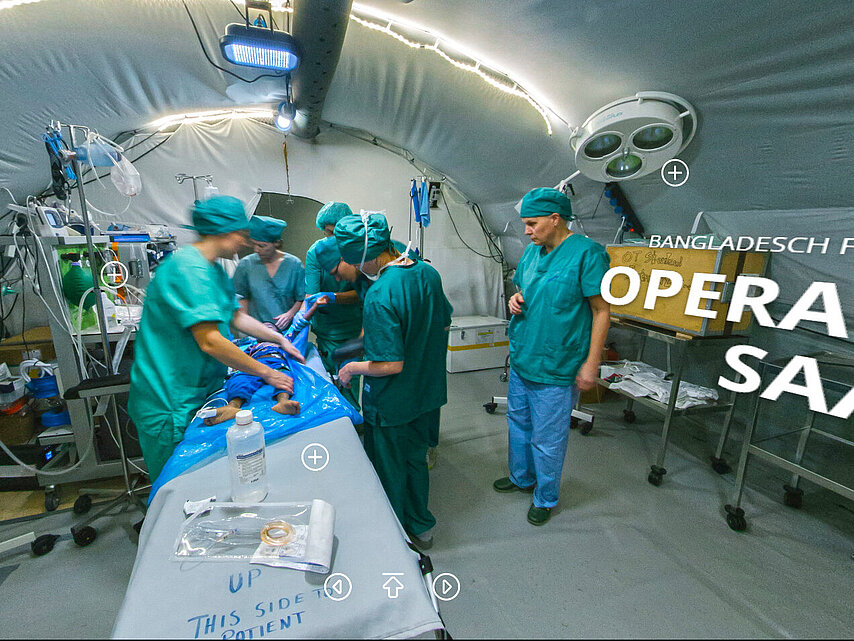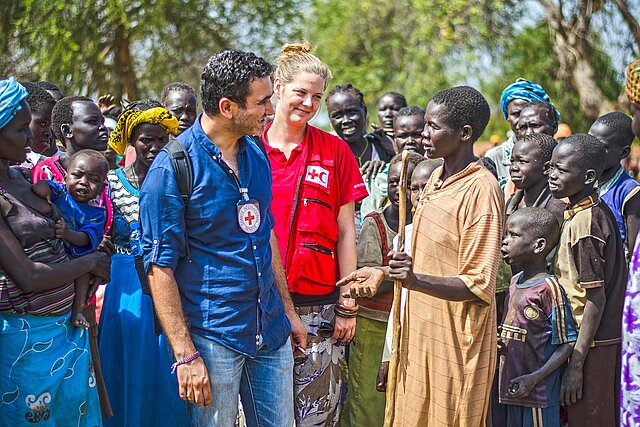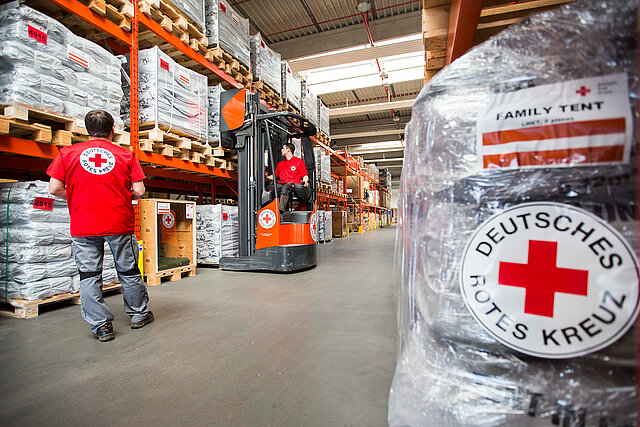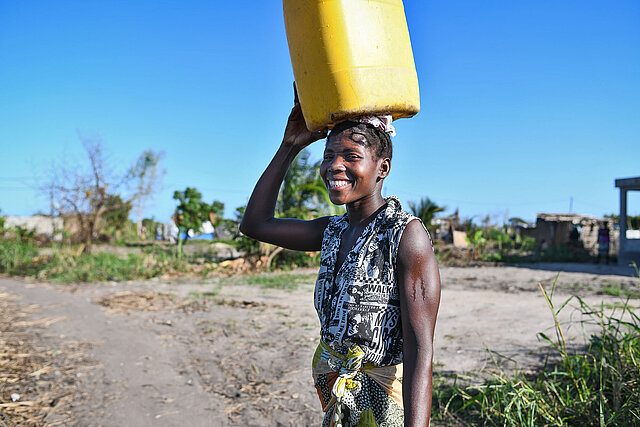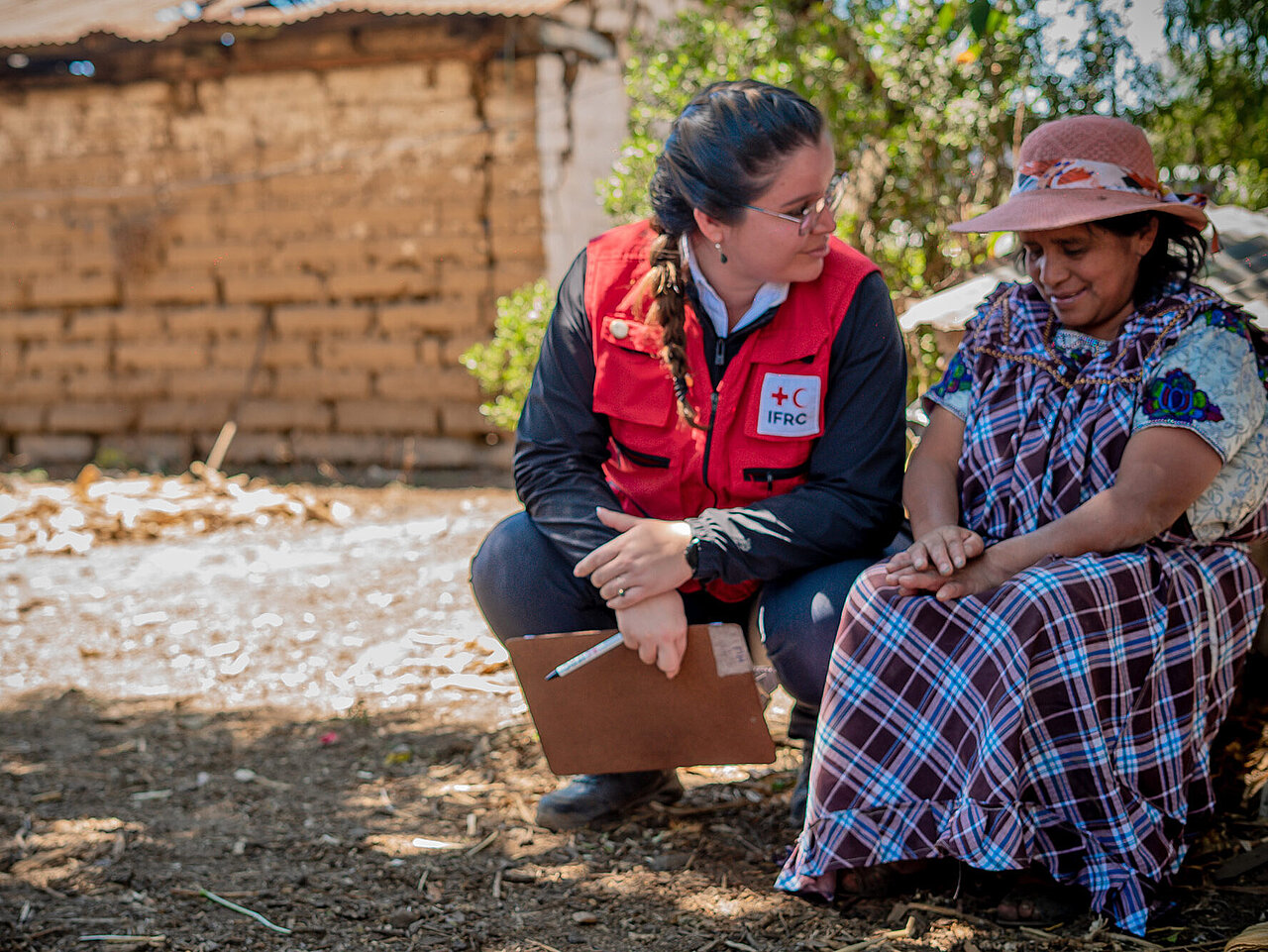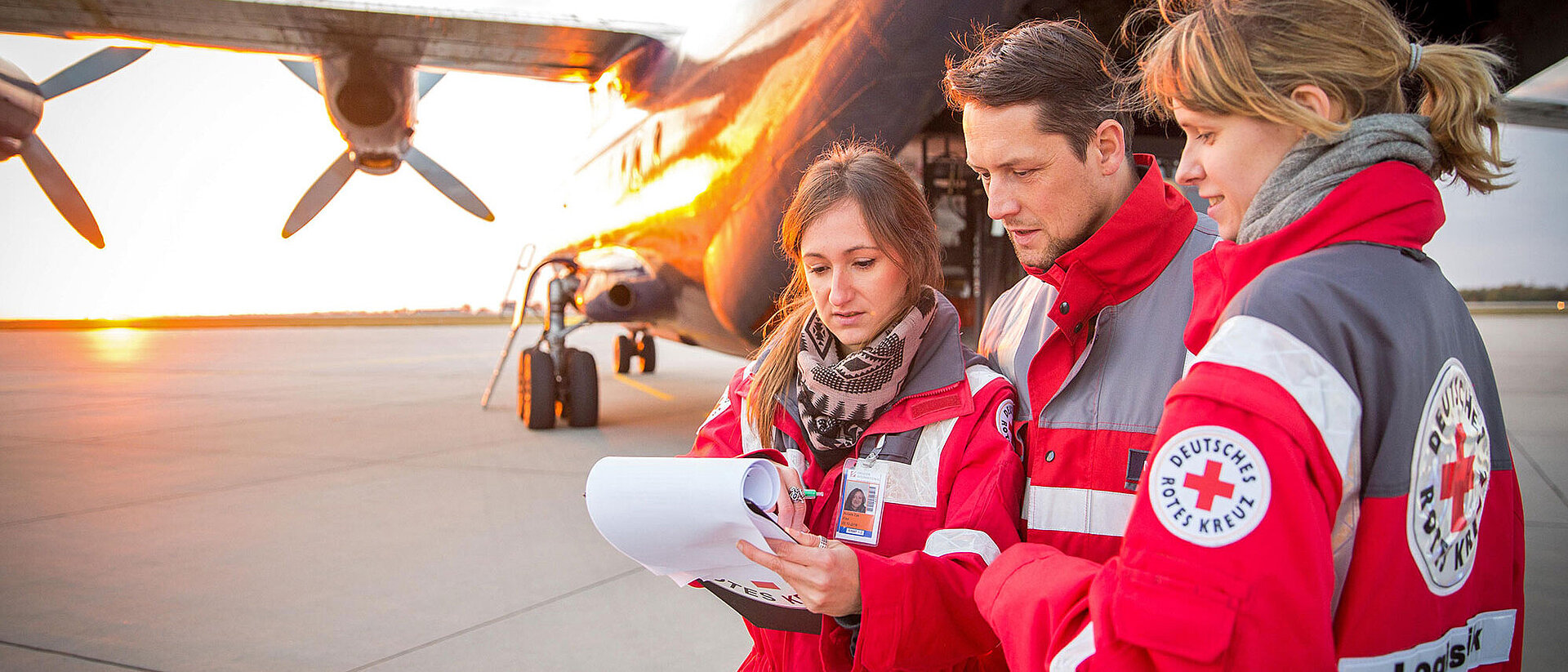
Emergency and disaster relief
Efficiency in an emergencyDisasters, crises, and conflicts often leave those affected with nothing. Every minute counts – that's why the German Red Cross's emergency relief works like clockwork.
Relief supplies, clean water and medical care
Whenever possible, relief supplies such as food, tents, and clothing are procured regionally and transported to crisis and disaster areas using the shortest and fastest route. The German Red Cross usually only flies relief supplies from Germany when local and regional capacities are insufficient.
To ensure the essential supply of clean water and medical care, the GRC stores Emergency Response Units (ERUs) at its logistics center in Berlin: the mobile hospital, the mobile health unit, as well as water and hygiene units. With these combinable ERUs, the German Red Cross can respond quickly and flexibly, as their various modules can be adapted to the situation and needs in the disaster area. The modules are immediately ready for deployment and can be used for up to four months. In the initial days, the ERUs help create the most important conditions for efficient humanitarian aid and provide care for the affected population.
